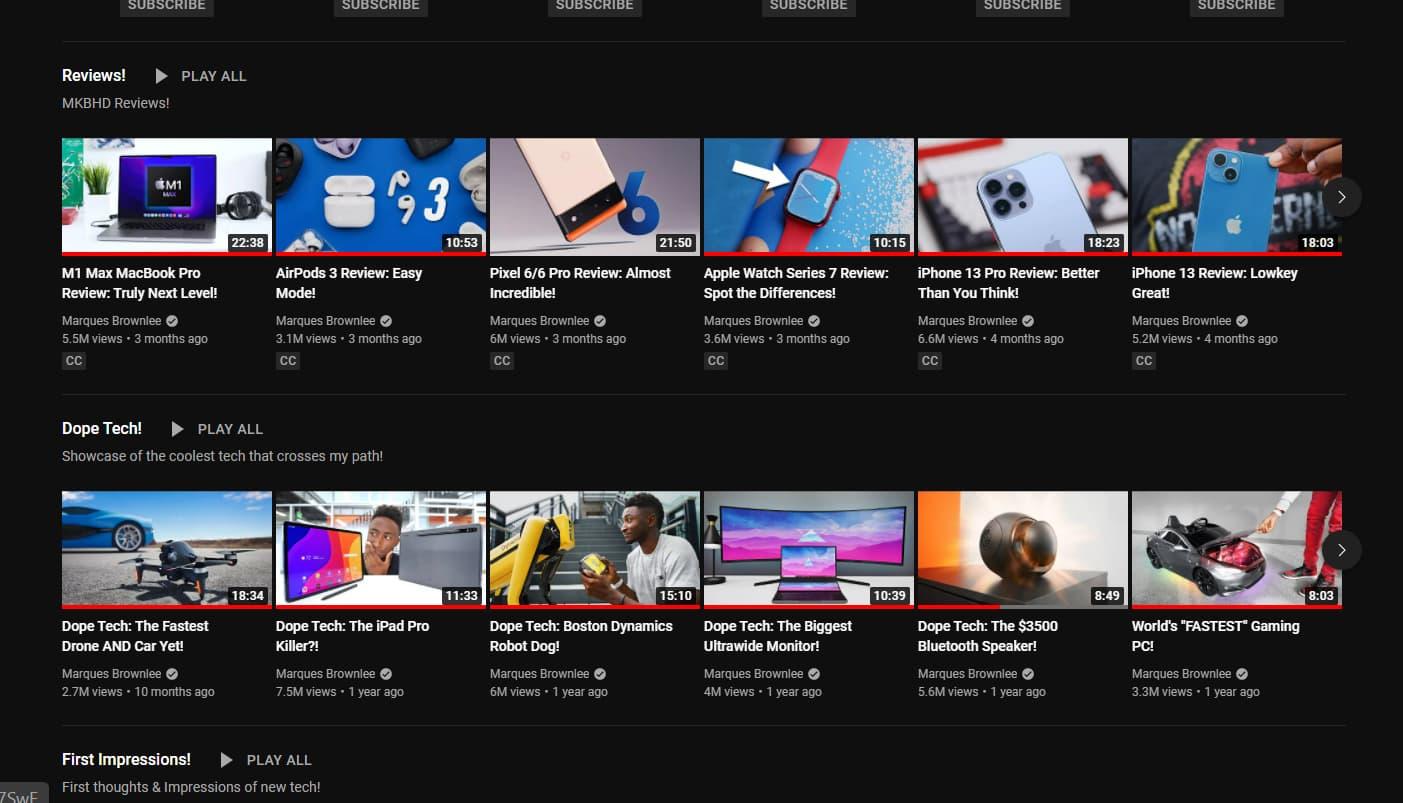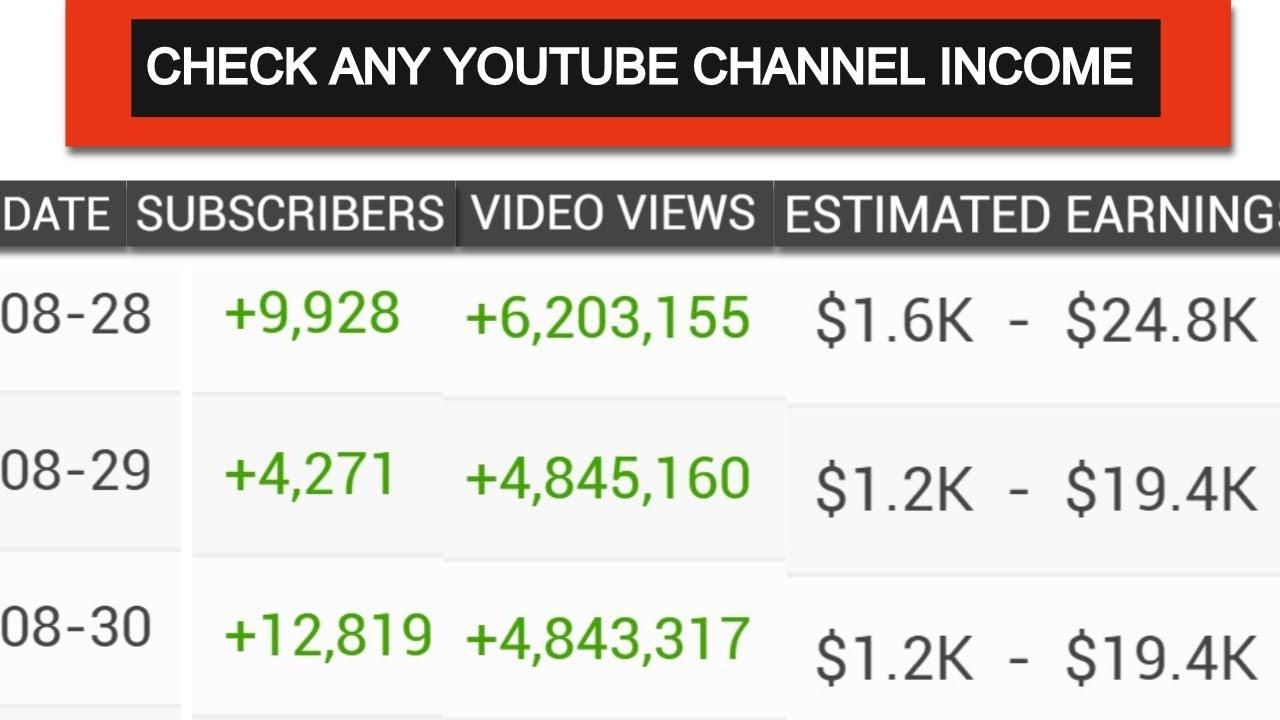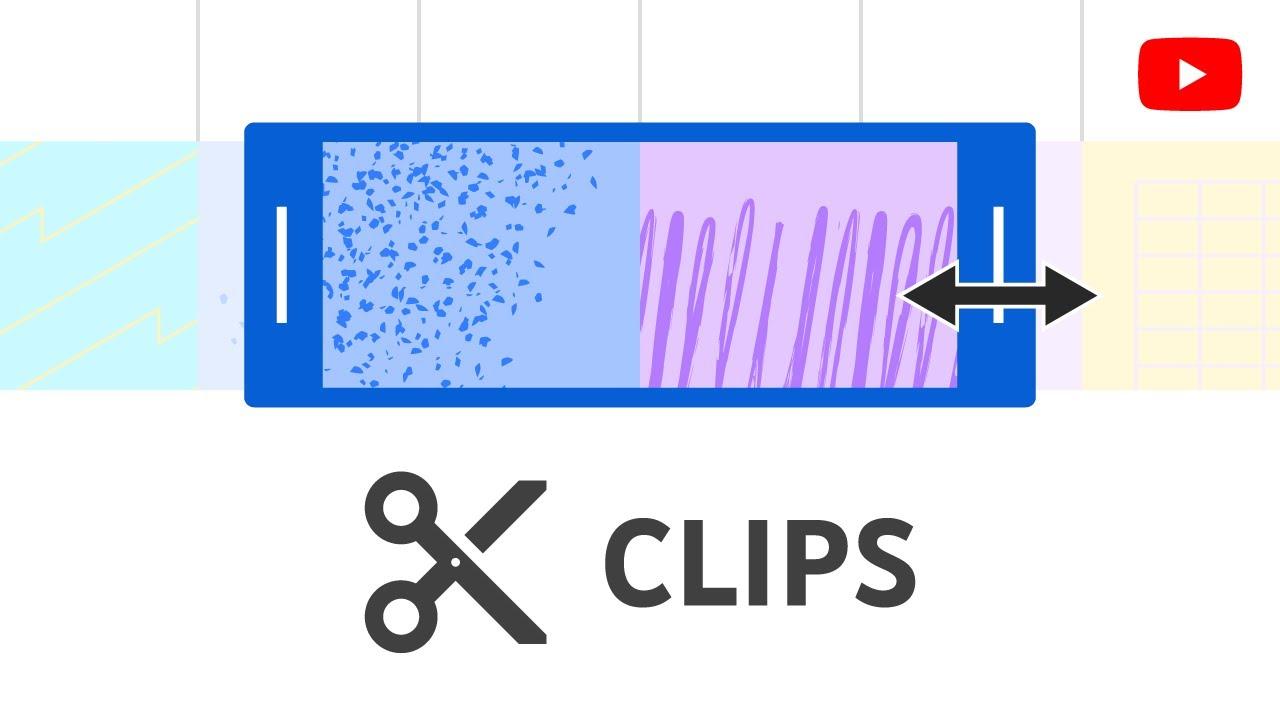Thinking about merging your YouTube channels? You’re not alone! Picture this: you’ve got multiple channels with unique content, but now you’re feeling like a one-person band trying to play five instruments at once. It’s exhausting, right? Many creators find themselves in the same boat, wanting to streamline their presence on the platform. Merging channels can seem like a tempting solution, but it’s not as straightforward as pie. Dive into this article, and let’s explore everything you need to know about merging YouTube channels, from the nitty-gritty rules to the pros and cons. By the end, you’ll be ready to make a decision that suits your creative vision!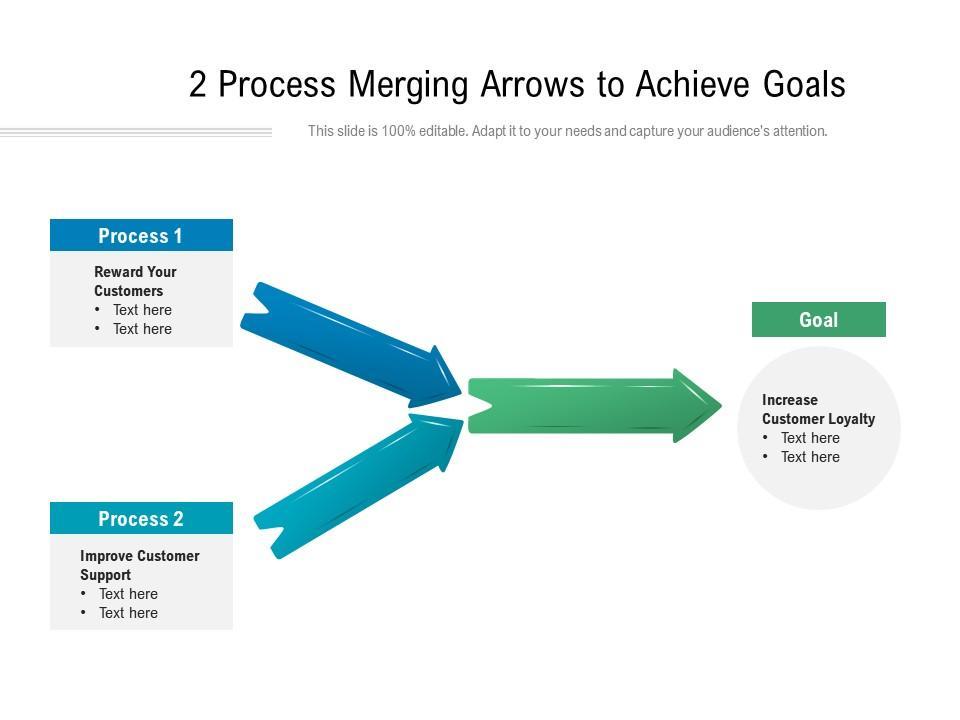
Understanding the Merge Process and Its Implications
Merging YouTube channels isn’t just a matter of hitting a button; it’s a process full of implications. Think of it like combining two rivers into one; while the waters may flow beautifully together, each has its own course, history, and, importantly, community. First off, you need to assess the channels involved. Are they in the same niche? Do they share a similar audience? If you’re thinking about merging, consider the potential benefits, such as consolidating your audience and channel authority. However, there are risks too, like losing tailored content or alienating dedicated subscribers who might not appreciate the shift. So, you’ll have to think deeply about how these changes might impact your content and audience engagement.
Once you’ve decided to move forward, the next step is understanding the mechanics of the merge. While YouTube doesn’t have a straightforward merge option, you can strategically combine the two by transferring content and redirecting viewers. Here are a few things to keep in mind:
- Content Strategy: Plan the types of videos that will resonate with viewers from both channels.
- Branding: Unify your branding across the board to create a seamless experience.
- Notification: Inform your subscribers through announcements or teaser videos to ensure they’re in the loop.
In terms of practical steps, consider this simple table outlining key aspects to manage during the merge:
| Aspect | Action |
|---|---|
| Audience Communication | Update your subscribers on channels’ new direction. |
| Content Planning | Integrate popular elements from both channels. |
| Analyze Metrics | Monitor engagement to fine-tune your strategy. |
Remember, merging is not just a technical action—it’s a delicate dance that needs thoughtfulness and creativity to make sure both sets of subscribers feel valued and excited about what’s coming next!

Best Practices for Transitioning Your Audience Smoothly
Merging YouTube channels can feel like planning a wedding—exciting yet daunting! To make sure your audience is on board during this transition, start by communicating clearly. Send out an announcement through your community tab, video updates, and social media platforms. Let your subscribers know what to expect. Highlight the benefits of the merger, like enhanced content variety or a more focused niche. This helps them feel like they’re part of the journey, rather than just bystanders watching the wedding cake get sliced.
In addition to communicating, consider creating a sneak peek of the new channel direction. This could be a teaser video showcasing what amazing content awaits them. Give your viewers a reason to follow along, such as exclusive behind-the-scenes footage or engaging Q&A sessions. Building a sense of anticipation can keep your audience excited and invested in the changes. Lastly, keep track of all comments and feedback; it’s like reading the guest book after your event—valuable insights from those who matter most!

Key Tools and Resources for a Successful Merge
Merging YouTube channels might feel like juggling flaming torches, but with the right tools and resources, it can be a smooth process. First off, your YouTube Studio is your best friend. This platform gives you insights on metrics, audience engagement, and performance analytics, which can help you identify what content resonates best with your viewers. Pair it with TubeBuddy, a browser extension that not only simplifies channel management but also offers features like keyword exploration and A/B testing. It’s essentially your secret weapon for fine-tuning your content strategy post-merge.
Next on the list, don’t underestimate the power of Google Analytics. It’s like having a backstage pass to your audience’s behavior, allowing you to track how well your channels perform after merging. For design and branding consistency, consider using Canva to create compelling thumbnails and banners that represent your new channel identity. Lastly, you might want to check out online forums or communities like Reddit and YouTube Creator Community where you can ask questions and share experiences. The knowledge shared in these spaces can be an invaluable resource, turning what could be a daunting task into an exciting adventure!
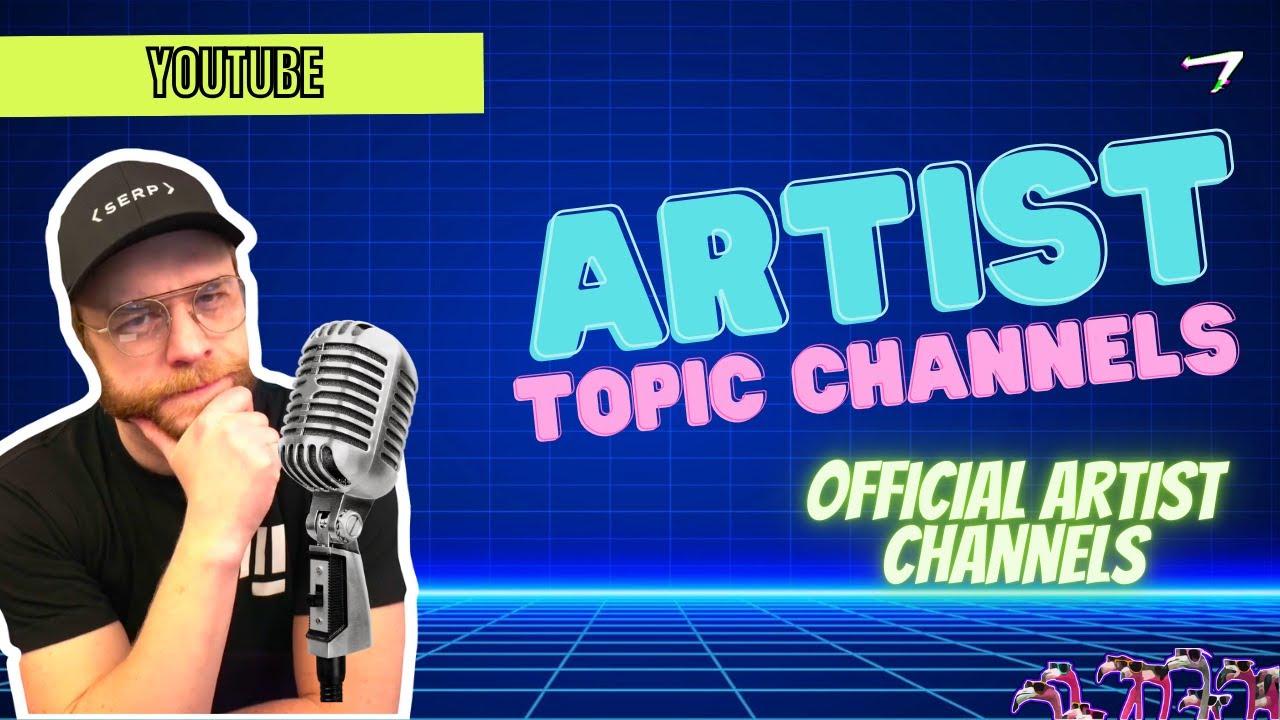
Common Pitfalls to Avoid When Merging Channels
Merging YouTube channels can seem like a golden opportunity to consolidate your audience and streamline your content, but it’s not all smooth sailing. One of the biggest pitfalls? Neglecting your audience’s expectations. Each channel has its unique flavor and followers who expect a specific kind of content. If you’re blending channels that cater to different niches, you might alienate some fans while trying to attract new ones. Instead of creating a rich, harmonious blend, your audience might feel like they’ve gotten a strange mix of flavors that just doesn’t sit right.
Another trap to watch out for is inadequate promotion of the merge. Just because you’ve hit the “merge” button doesn’t mean everyone is automatically aware of the changes. Be proactive! Use your other social media platforms to announce the transition, and consider making an engaging video that outlines what’s happening. Keeping your subscribers in the loop ensures they don’t feel blindsided and helps maintain engagement during the transition. After all, no one likes to feel like they’ve been left in the dark!
To Conclude
So, there you have it! Merging YouTube channels can feel a bit like trying to untangle a messy ball of yarn—frustrating at times, but totally doable with the right approach. If you’re looking to consolidate your content and streamline your brand, just remember it’s all about planning and understanding the nitty-gritty of what each channel brings to the table. And while YouTube might not officially let you merge, you can still creatively unite your audience through strategic uploads and smart linking.
As you venture into this process, keep in mind that the community you’ve built over time is a valuable asset. Engage with your viewers, maintain transparency about any changes, and watch your subscriber count grow as you foster a more cohesive identity online. If you have any lingering questions—or if you just want to share your journey—drop a comment below! We’re all in this digital world together, and every story adds a bit more color to the canvas. Happy creating!
